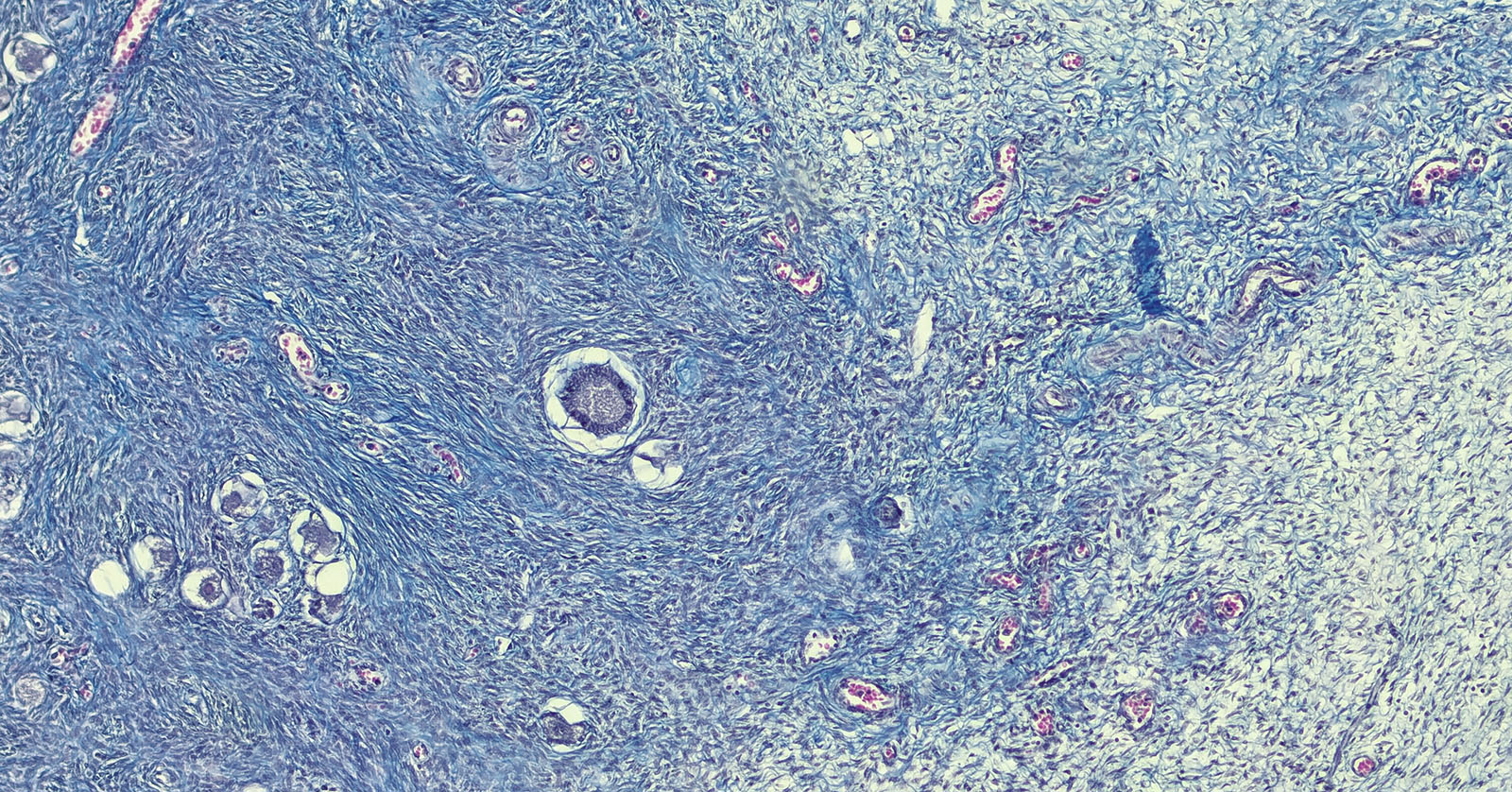
Credit: Stock Image
Patients with uterine fibroids who scored high on stress questionnaires also had high levels of certain microRNAs in their uterine muscle tissue, suggests a preliminary study funded by the National Institutes of Health. Unlike RNA, which codes for proteins, microRNA regulates genes, determining when they are turned on and off. The microRNAs the authors detected are known to be active in the formation of certain tumors. The findings add to previous studies linking stress to the development and severity of fibroids and suggest that the stress of structural racism and other forms of ongoing stress may explain, in part, why African American women are more likely to develop fibroids than other groups.
Conducted by Christian Dye, Ph.D., Ami Zota, Sc.D., Columbia University Mailman School of Public Health, and colleagues, the study appears in Reproductive Sciences. Funding was provided by NIH’s Eunice Kennedy Shriver National Institute of Child Health and Human Development and National Institute of Environmental Health Sciences.
Background
Uterine fibroids are non-cancerous tumors that grow in or on the wall (myometrium) of the uterus. They may cause pain or abnormal bleeding from the uterus and make it difficult to achieve or maintain a pregnancy. They may also cause infertility, miscarriage, and early labor. Although fibroids can be treated, the only cure is hysterectomy (surgical removal of the uterus).
Previous research has found an association between the presence of fibroids and stress. Other research suggests that to develop, fibroids need the hormones estrogen and progesterone. The authors theorized that because stress may affect these hormones, it could potentially promote fibroid development.
Results
Because microRNAs have been found to play a role in the development of uterine fibroids and in the stress response, the authors sought to determine if stress might influence microRNAs in the myometrium and fibroids.
For the current study, researchers analyzed data from a previous study involving patients undergoing surgical treatment for uterine fibroids at an urban academic hospital. Forty-four patients responded to questionnaires on their perceived stress and contributed fibroid tissue, which was sampled for microRNAs. Twenty of the 44 participants who underwent hysterectomy also contributed myometrial tissue sampled for microRNAs. Twenty-eight participants were African American.
Participants responded to a questionnaire on whether they had recently experienced stressful life events, such as a family member being admitted to a hospital, separation or divorce from a partner, losing a job, or being unable to pay bills. Participants also responded to a questionnaire on their perceived social status. They were asked to rank their social status in terms of society as a whole, the communities in which they resided, and in their workplaces.
Of the microRNAs the researchers detected in the myometrium samples, 21 were associated with stressful life events and two were associated with perceived social status. Participants who scored high for stressful life events had higher levels of microRNAs in their samples. For the microRNAs associated with social status, higher social status was associated with lower levels of microRNAs. MicroRNAs from fibroid tissue were not associated with either stress measure.
The researchers noted that 20 of the microRNAs associated with stressful life events may be targeted to mRNAs involved in biological processes that could potentially contribute to the development of fibroids. These included processes related to tumors, such as cell division and apoptosis (cell death).
Significance
The authors theorized that stress may affect the expression of microRNAs in the myometrium and may play a role in the origin and development of fibroids. Higher stress levels also may help to explain the higher rate of fibroids among African Americans. The authors added that the reason that they did not find stress-associated microRNAs in fibroids could be because the tissue had already been affected and is no longer susceptible to the effects of stress.
Next Steps
The authors wrote that larger, long-term studies are needed to verify their findings. These should include more diverse populations, include measurements of more types of psychological stress, and sample for physical indicators of stress such as cortisol. Such studies should also include myometrium samples from participants who do not have fibroids and should seek to determine whether genetic factors influence the association of stress and fibroid development.
Reference
Dye, CK, et al. Psychosocial stress and microRNA expression profiles in myometrial tissue of women undergoing surgical treatment for uterine fibroids. Reproductive Sciences. 2024.

 BACK TO TOP
BACK TO TOP